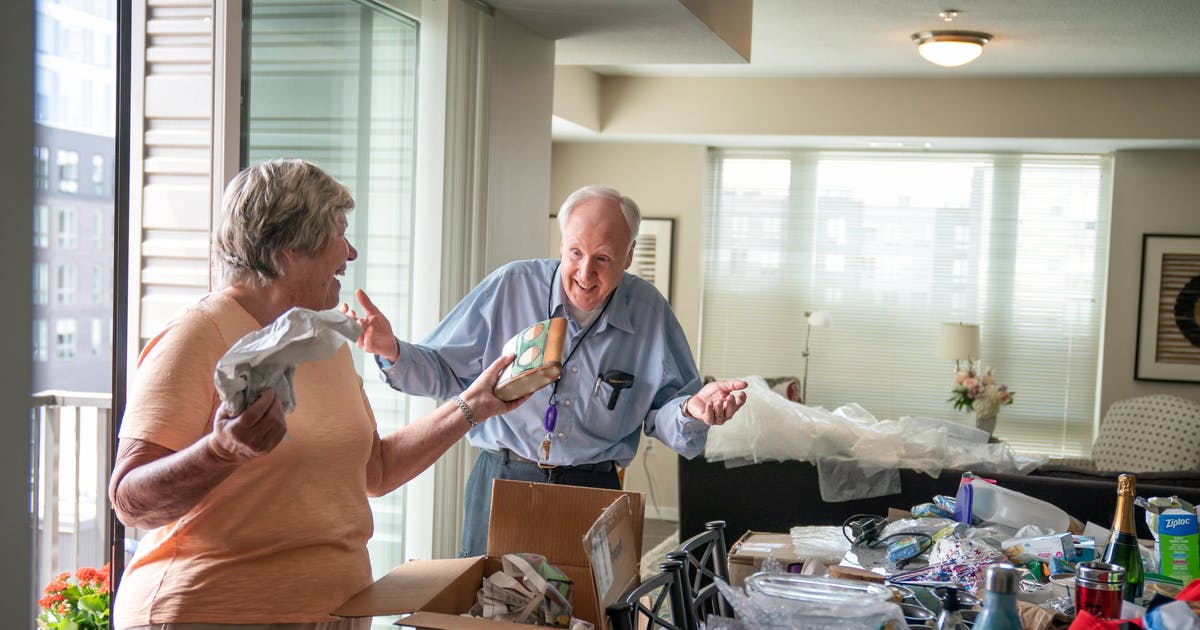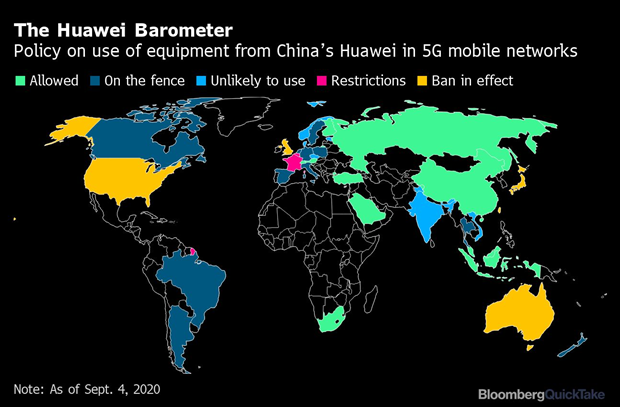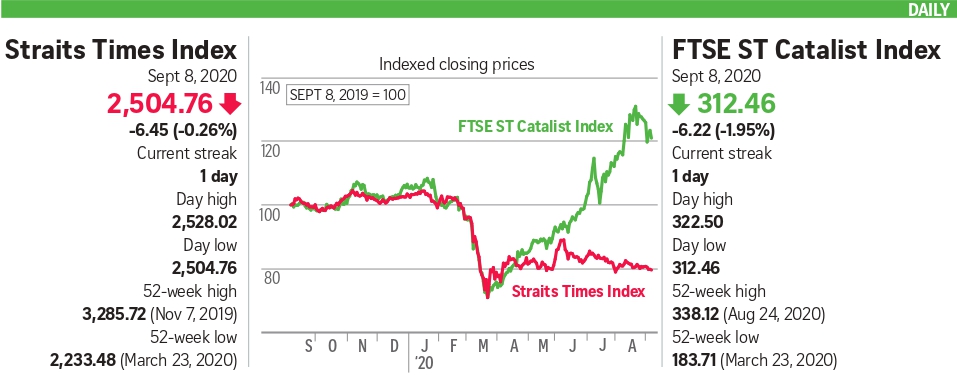After greater than 40 years in a huge home, Janet and Fred Jacobs are getting settled of their new digs: a two-bedroom residence at the Pillars of Prospect Park, a new seniors-only constructing in Minneapolis.
They have huge home windows, a balcony and a view of the Witch’s Hat water tower in a close by park. An enormous transfer in the midst of COVID-19 has had its logistical challenges, however they’ll use social distancing as an excuse to focus on unpacking.
“We’ll be cautious as far as not doing community gatherings or social dining,” mentioned Janet Jacobs.
Developers with senior housing tasks in the pipeline in the Twin Cities are cautious lately, as effectively. The overwhelming majority of the COVID deaths in the space have occurred in nursing properties and long-term care amenities, which characterize a small and specialised subset of housing choices for seniors at this time.
Still, firms that develop and handle senior housing in the Twin Cities say it has been powerful to beat the headlines and information tales displaying bedridden seniors in isolation. Attracting residents is harder, they mentioned, and a few are placing new tasks on maintain. They are additionally rethinking how you can design and construct senior housing, which had been one among the fastest-growing sectors of the housing market.
“We still have a high-demand demographic that needs to be served,” mentioned Joe Ryan, CEO of Oppidan, the firm that developed the Pillars of Prospect Park. “But this has caused us to say ‘Let’s pause in some areas, and let’s understand the availability of capital.’ In a week’s time we have seen capital sources open up and encouraging us to move forward.”
Ryan mentioned the state of affairs has been fluid. While COVID deaths have been accelerating throughout April, the destiny of the firm’s improvement pipeline was in limbo. By late May the firm was seeing encouraging indicators as capital sources began loosening.
Just-released census information present a double-digit progress fee in the senior inhabitants, however a dire lack of housing with the accessibility options they want. Still, an industry group mentioned firms that function seniors-only buildings had a harder time attracting residents final month.
The National Investment Center for Seniors Housing & Care (NIC) mentioned the common occupancy fee in stabilized buildings — these which have been open at the very least two years, or if lower than two years previous at the very least 95% occupied — declined greater than a full proportion level throughout April, the first full month of the pandemic in the U.S., after posting a rise throughout the fourth quarter of 2019. The occupancy fee in skilled-nursing care buildings fell twice as a lot to lower than 85%.
Senior housing choices run the gamut from totally unbiased residing to these with round-the-clock nursing care, however most new tasks at this time supply a number of providers that permit residents to “age in place” by shifting from one stage of care to the subsequent as wanted. Those that embrace eating areas, neighborhood rooms and different gathering areas are also known as congregate-care amenities. Nursing properties and long-term care amenities, which aren’t restricted to seniors, have turn out to be a hotbed for COVID-19 instances as a result of residents typically share rooms and obtain frequent visits from well being care employees who transfer from room to room.
Mary Bujold, president of Twin Cities-based Maxfield Research and Consulting, mentioned information experiences citing COVID sizzling spots in senior housing buildings have created a main public relations and advertising problem for builders and senior housing operators.
“This is a much larger issue than just the virus, but certainly the virus has exacerbated the issues,” she mentioned.
She mentioned turnover, which usually means ageing as much as one other service stage or having to maneuver to long-term care, continues to be taking place, however move-ins are declining or not taking place in any respect in some buildings, she mentioned.
Bujold mentioned senior housing operators are additionally dealing with different COVID-related setbacks. While occupancy is softening, working prices are rising as firms spend extra to make sure that residents are secure. And labor — and the value of payroll — is a main problem.
At Twin Cities-based Ebenezer, the largest senior residing operator in the state and the 17th-biggest in the nation, in keeping with NIC, occupancy charges have fallen a couple of proportion factors in contrast with final yr, in keeping with Susan Farr, Ebenezer’s vp of enterprise improvement.
“We have not seen a big uptick in move-outs compared to previous years,” she mentioned. “We are experiencing slower lead traffic and lagging move-ins compared to this time in 2019.”
Some potential residents, she mentioned, are ready till restrictions loosen up earlier than shifting in, so the firm is shifting its advertising and gross sales efforts, together with providing extra digital excursions and “e-mails about how life continues to go on within our communities,” mentioned Farr.
Twin Cities-based Roers Cos. has developed six senior residing communities below its Havenwood model, that are operated by Ebenezer and Walker Methodist, and had plans to develop a number of extra. Amy Johnson, the firm’s director of selling and leasing, mentioned new leads and functions have been down about 15% and leasing is down about 20 to 25% from March to April. During May, she mentioned, deposits rebounded as seniors started adapting to leasing by way of Zoom and new move-in protocols. Jeff Koch, principal accomplice and improvement chief for Roers Cos., mentioned the firm had been on the hunt for brand spanking new places in a number of Twin Cities suburbs, however isn’t pursuing these tasks as aggressively.
“We’re slowing down and waiting out the market to see how this is going to shake out,” he mentioned.
At United Properties, the largest business developer in the metro, gross sales of its for-sale senior buildings have been nonetheless robust by mid May, in keeping with the firm. At its Applewood Pointe senior cooperative undertaking in Eden Prairie, which affords fully unbiased residing, greater than 80 of the 102 models have bought and the constructing continues to be below development. But in its 5 metro-area Cherrywood rental buildings, which embrace unbiased residing, reminiscence care and assisted residing, the common occupancy fee has slipped from almost 100% to 96.8%, mentioned Ray Oborn, president of United’s Cherrywood Pointe Investment.
Mark Nelson, government vp of residential improvement for United, mentioned the firm had an “aggressive pipeline” of proposed senior tasks, however some are on maintain as the lenders take inventory of the state of affairs.
“We are just positioning ourselves to be ready for when we as a company want to move forward, or when capital markets will allow us to.”
Given the complexities of buying senior housing, many seniors have additionally put their plans on maintain. Fred and Janet Jacobs, who’re each of their 70s, mentioned they’re feeling lucky to have gotten into the Pillars. They have been serious about one other senior constructing that’s close to the Green Line and the University of Minnesota, the place Fred Jacobs was a professor, however it had a yearslong ready record. And life circumstances, not COVID-19, dictated the timing of their transfer.
“We had made the decision that we couldn’t age in place,” she mentioned. “And we’re still at a young enough age to meet new friends.”






Be First to Comment